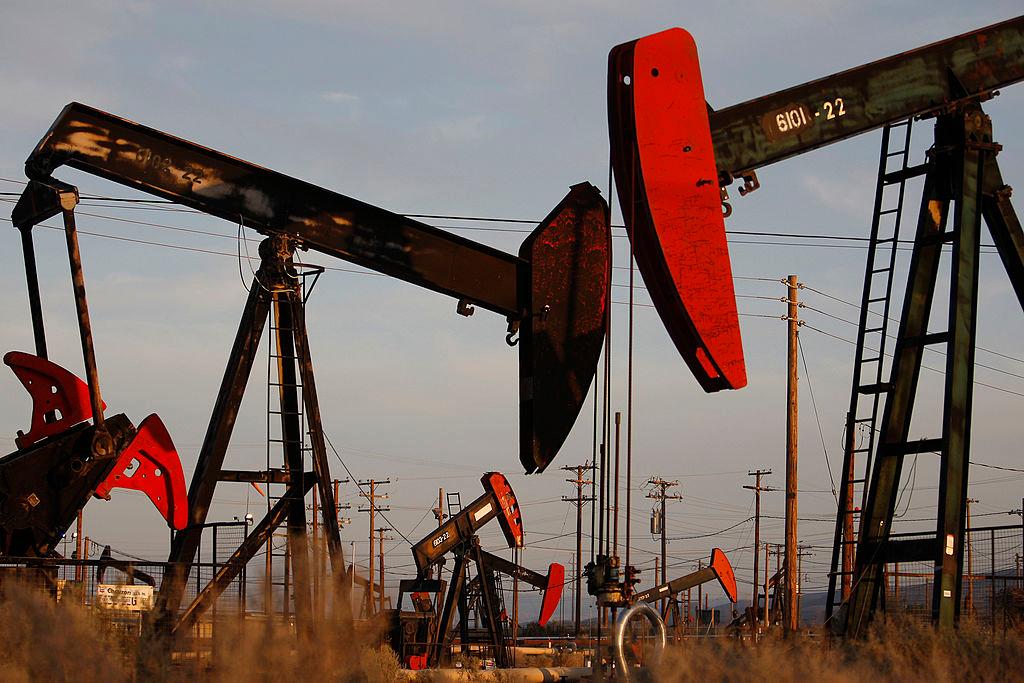Commentary
As Californians cope with another blistering summer during what is their third consecutive year of drought, the state legislature has still done nothing of substance to upgrade California’s water supply infrastructure. From the Klamath Basin on the Oregon border to the Imperial Valley on the Mexican border, farmers can’t irrigate their crops, and in every major city, residents are having their access to water rationed.





